HS-PS1-1
Use the periodic table as a model to predict the relative properties of elements based on the patterns of electrons in the outermost energy level of atoms.
-
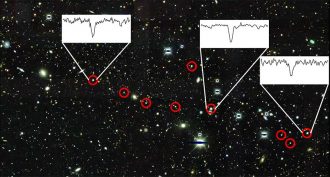 Chemistry
ChemistryDwarf galaxy spawned heavy elements
A study of nine stars in the dwarf galaxy Reticulum II found heavy elements. They had been produced after a violent stellar event sparked a chemical chain reaction.
-
 Materials Science
Materials ScienceLong-sought subatomic particle ‘seen’ at last
Physicists have finally caught a brief glimpse of massless subatomic particles that were first predicted to exist 85 years ago. It’s the elusive Weyl fermion.
By Andrew Grant -
 Brain
BrainTo protect kids, get the lead out!
Lead poisons hundreds of thousands of children. In Chicago, experts show how the toxic metal hurts test performance in school.
-
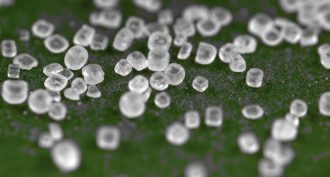 Chemistry
ChemistryScientists Say: Ion
Some atoms and molecules have a positive or negative electrical charge. These are called ions.
-
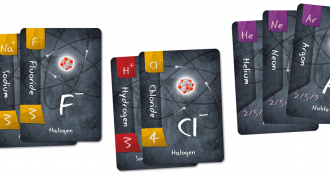 Chemistry
ChemistryForm some bonds with a chemistry card game
A new game can make aspects of learning chemistry fun. Pair charged elements together to create neutral compounds. Win points in the process.
-
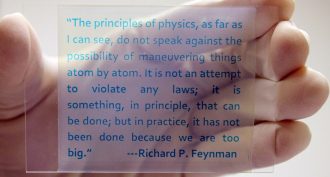 Tech
TechRewritable paper: Prints with light, not ink
Rewritable paper could save money, preserve forests and cut down on waste — and all without using any ink.
-
 Tech
TechDigital lighting goes organic
An environmentally friendly lighting technology promises not only to save energy but also to transform our indoor environment.
-
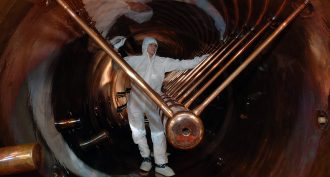 Chemistry
ChemistryScientists confirm element 117
Scientists have confirmed the existence of a new, short-lived superheavy element. For now, they’re calling it ununseptium.
By Janet Raloff -
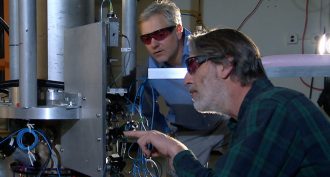 Physics
PhysicsWorld’s coolest ‘clock’ is also crazy-accurate
This is the time to beat — the world’s most accurate atomic clock ever. At its heart is a ‘fountain’ of cesium atoms chilled nearly to absolute zero!
By Janet Raloff -

-
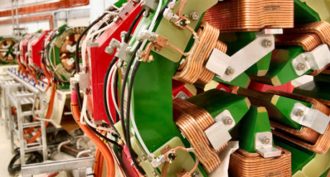 Physics
PhysicsExplainer: How a synchrotron works
Giant magnets direct superfast light into beams up to 30 million times as bright as those produced by a laser pointer.
By Emily Sohn